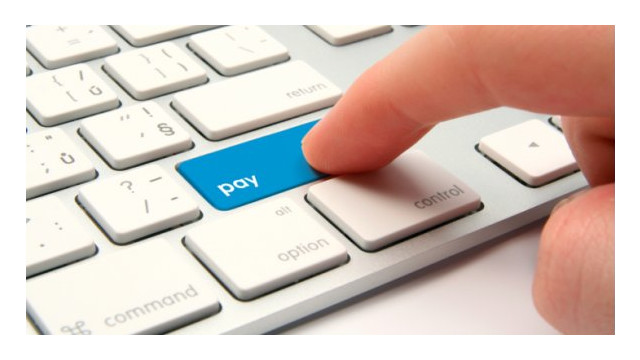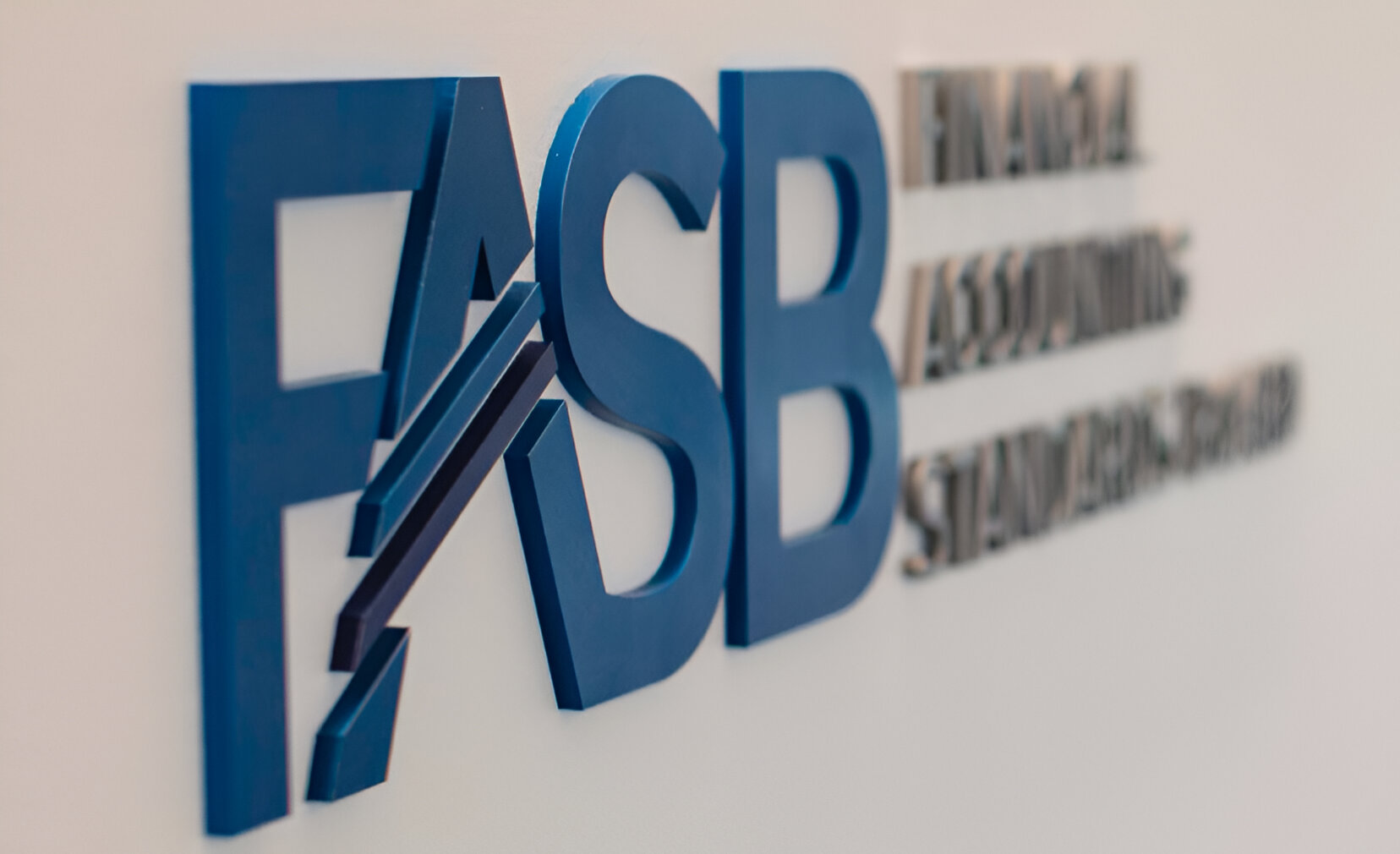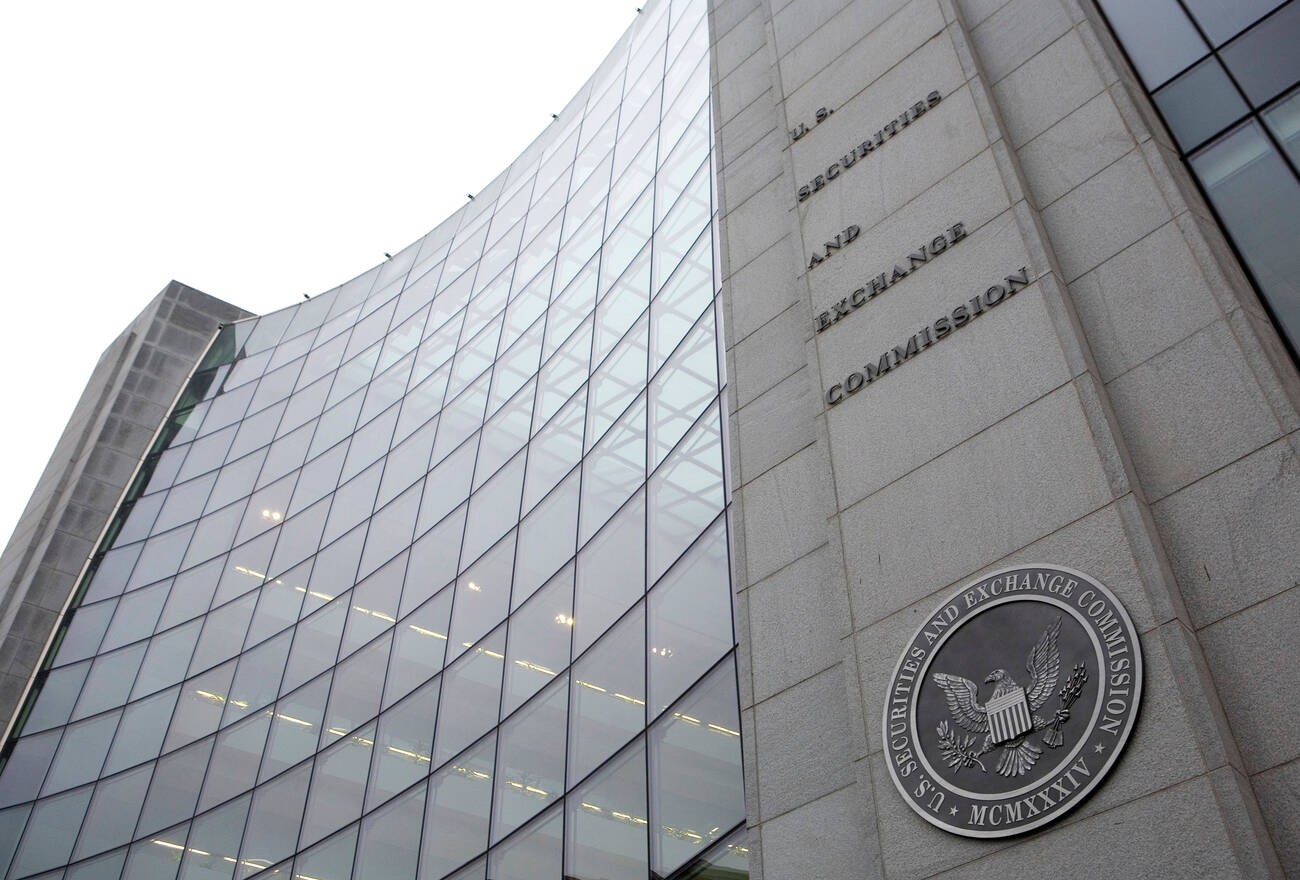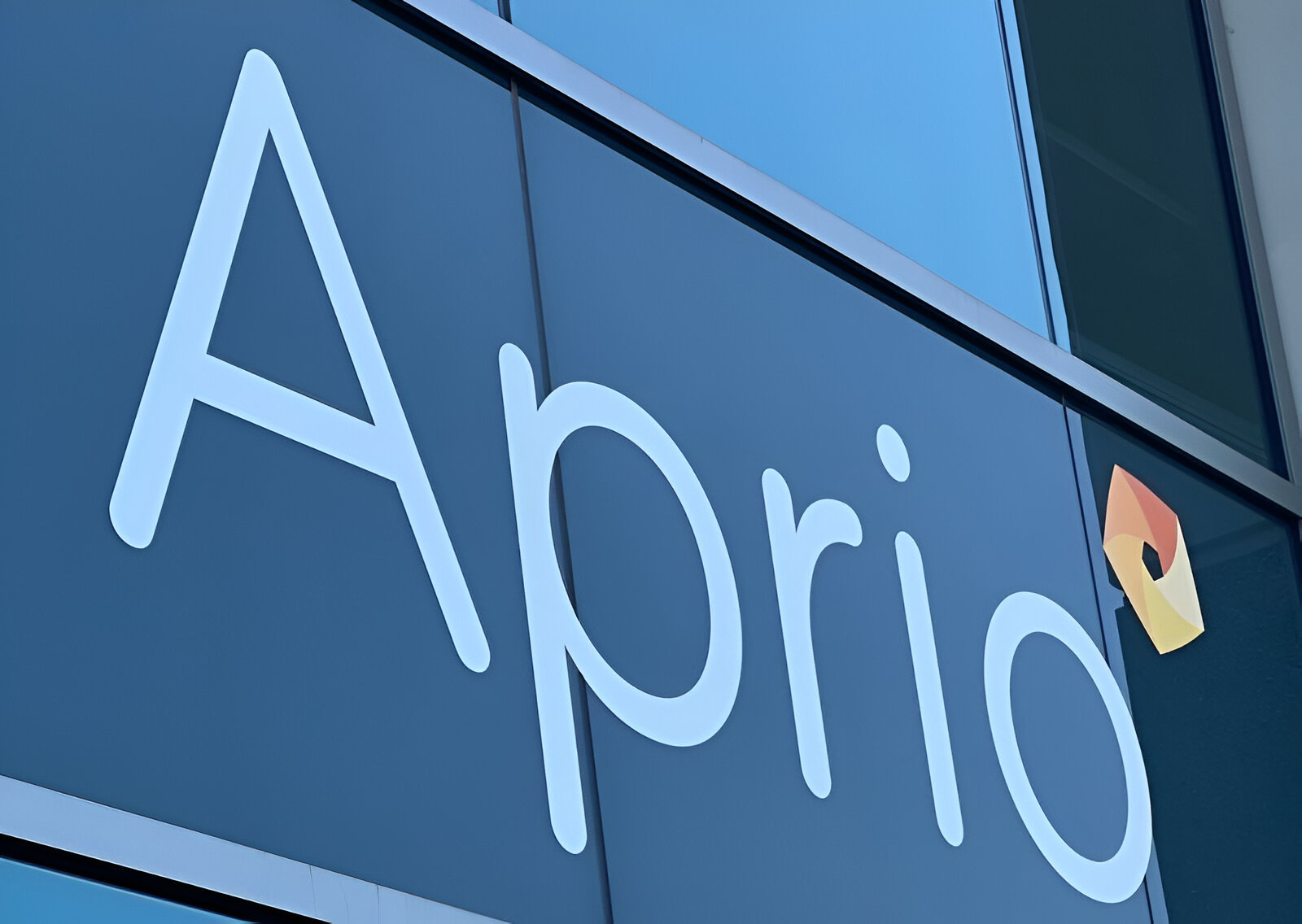Companies often use whatever means available to funnel payments to suppliers. For nearly 81% of accounts payable departments, that involves paper checks — even though this approach is one of the least favored payment processing methods.
Given the choice, accounts payable professionals would make the move to digital payment solutions. And those who already have are quite pleased with the decision. Around three-quarters report being “very” or “extremely satisfied” with digital wallets, and almost 70% feel the same about e-payables. When it comes to paper checks, however, that satisfaction rate dips to 63.5%.
With ongoing digital transformation in the finance industry, it’s no wonder paper checks have fallen out of favor. At the same time, the pandemic has only served to solidify this preference: Despite stay-at-home orders, companies without digital payment infrastructures were left with no other choice than to send employees into the office to open mail, send invoices, and deposit checks — a risky ask that could have been avoided.
When the Manual AP Process Becomes Problematic
Of course, moving to a digital system doesn’t mean an entirely paper-free workflow. There might be occasions when team members must still visit the physical office to reconcile one thing or another.
Nevertheless, automated solutions can eliminate many of the inefficiencies inherent to paper checks. Check-clearing alone takes two business days once deposited and then another five business days for banks to receive the funds. Likewise, a payment won’t clear for almost two weeks (assuming all goes smoothly).
As finance departments know, a number of additional variables can also come into play and delay the process. Account standing can lengthen the time it takes for a check to clear — as can the check amount and the bank relationship. Any lags in the agreed-upon payment terms might lead to friction within the supply chain and sour business relationships, especially when the other party has the functionality to accept digital payments.
Beyond this, the cost of paper checks should be reason enough to invest in paperless accounting solutions. Processing a paper check can cost anywhere from $4 to $20 and is 10 times more expensive than digital payment solutions. For a company that’s issuing a lot of checks, that can add up to significant cost savings. At the same time, it reduces the exposure to potential fraud. After all, it’s difficult to alter checks issued via vetted AP automation software.
Why Companies Can’t Quit Paper Payments
Although the process of issuing paper checks is rife with drawbacks, moving to automated AP solutions doesn’t come without hesitation. This is uncharted territory for many AP professionals, and there are still uncertainties as to whether technology will improve the process. Does it save time? Does it cut costs? And should something go wrong, will the time and expense to fix the issue outweigh the actual investment?
Apart from that, most people are simply comfortable with what they know. Though the manual AP process might become tedious at times, it can bring a level of gratification and nostalgia. Even if it’s not operationally efficient, comparing accounts payable and accounts receivable by hand offers assurance.
The Benefits of Going Paperless
Cost savings is often the most noticeable benefit of moving to a paperless AP system. You no longer have to pay for checks, envelopes, and stamps, nor are you devoting precious hours tracking down signatures and managing the paper check process. Going paperless streamlines the entire workflow.
Moving toward AP automation also has a way of increasing visibility, thereby establishing greater payment controls for companies. Real-time insights into payments are just a few clicks away, providing a glimpse into the payor-payee transaction history and helping to identify and reduce the number of missing or bounced checks — a time-consuming task endemic to a manual AP process.
Along with visibility often comes security and minimizing the chance of fraud. Check and wire transfers remain the methods of choice for fraudulent payments, with 74% and 40% of companies noting fraud attempts on these payment types, respectively. Automating your AP process simply reduces the potential for tampering, all while minimizing the chances of lost checks.
Besides this, automation allows for faster payment processing, thus providing more working capital and cash flow for a company. This makes for a faster, more reliable reconciliation process. Depending on the choice of software, you can quite literally consolidate payments — no matter the currency — into a solitary format file.
More cost-effective transactions, increased visibility, minimal fraud risk, and faster cycle times can quickly add up to an 80% efficiency gain for many businesses. As you continue to streamline processes and embrace automation, the added efficiencies can go a long way toward maintaining and improving business relationships. Without a doubt, it’s time to shift focus away from paper checks and toward automated solutions.
=========
Chen Amit is the co-founder and CEO of Tipalti, a payment automation software that helps businesses manage their entire supplier payments operations by streamlining all phases of the AP and payment management workflow in one holistic cloud platform. Formerly the CEO of Atrica and Verix, Chen is a veteran high-tech executive and repeat entrepreneur.
Thanks for reading CPA Practice Advisor!
Subscribe Already registered? Log In
Need more information? Read the FAQs
Tags: Accounting, Benefits, Technology




